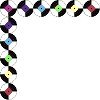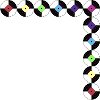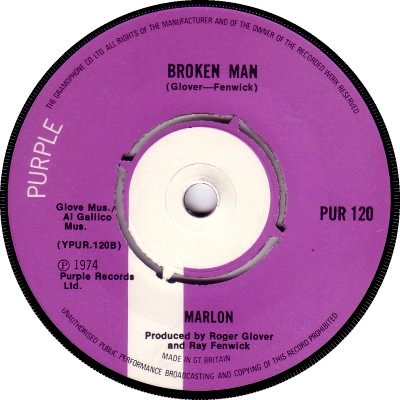
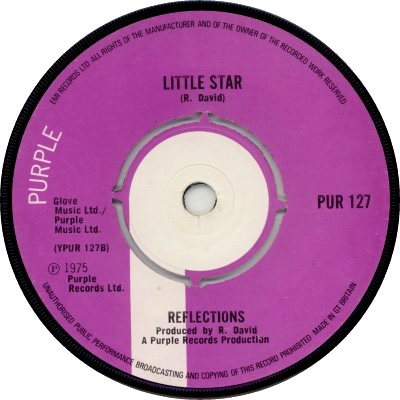
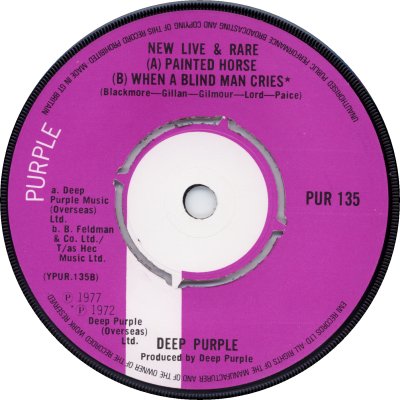
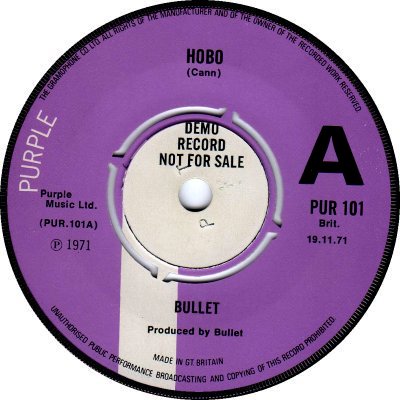
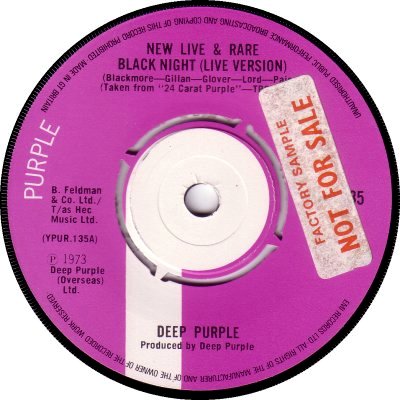
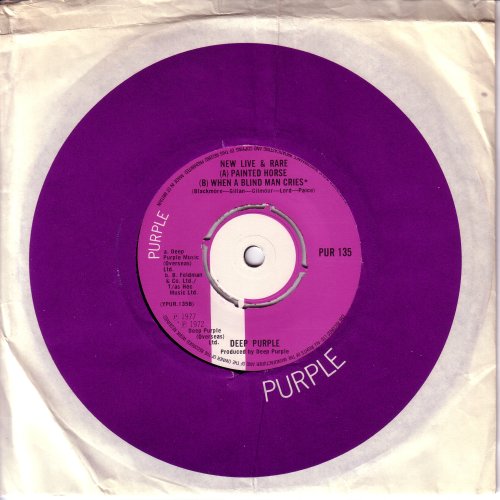
Purple was formed by Alan Bates and Deep Purple managers Tony Colletta and John Edwards in early 1971; Bates left in June of that year, to concentrate on his 'Black Lion' label (q.v.) ('Music Week', 12th June). In August Purple signed a three-year licensing deal with EMI. A couple of its records (by Buddy Bohn and Curtiss Maldoon) appeared on the Regal Zonophone label in advance of the appearance of the actual Purple label, which made its singles debut in November. 'MW' of the 28th of August quoted Edwards as saying that Purple was 'intended essentially as an albums label, with singles only being issued when circumstances are suitable'. Initially Purple boasted a varied roster of artists, but latterly it served mainly as a vehicle for Deep Purple's own records and for records that the members of the band produced. The discography shows that not all of its singles were in the Rock vein: for example 'Who Is The Doctor' by Jon Pertwee was a 'novelty' song built upon the 'Doctor Who' theme, and The Reflections' 'Moon Power' was Reggae-flavoured Pop. Despite that, the company seems to have felt that it had an image problem: Billboard of the 14th of June 1975 reported that Purple was launching a new label, Oyster (q.v.), in an effort to rid itself of its 'Heavy Metal' reputation. 'Music Week' of the same date added that in future the Purple label would be reserved for records by Deep Purple, and that those by other artists would appear on Oyster. Presumably as a result of some contractual arrangement an exception was made for The Reflections, who moved onto the EMI label.
In the spring of 1976 Purple started negotiations with Polydor, and as a result the Oyster label switched to that company in August. The Purple label was contracted to EMI until December and was therefore unable to move at the time. In the event, the label was to stay with EMI for the rest of the decade, at times under the wing of EMI's 'Licensed Repertoire Division'. The Deep Purple band broke up in 1976, and from December of that year the Purple label served solely as an outlet for EMI-owned back-catalogue product; all of the company's new material came out on Oyster / Polydor ('MW', 4th December 1976). To all intents and purposes Purple seems to have expired as a label in or around 1979. It did however make a brief comeback in 2012, for three more Deep Purple singles. The label design remained basically unchanged throughout, the only alterations involving the perimeter text. A reference to 'The Gramophone Co.' at 10 o'clock (1) was changed to refer to 'EMI Records' (2) in January 1975; a similar change had taken place on most of the EMI group labels, generally in or around the autumn of 1973 - perhaps Purple were using up old stock. For some reason the perimeter text can be found inverted on a couple of singles, PUR-134 and 135 (3). Catalogue numbers were in a PUR-100 series. Purple scored four times in the Singles Chart, all with records by Deep Purple themselves,
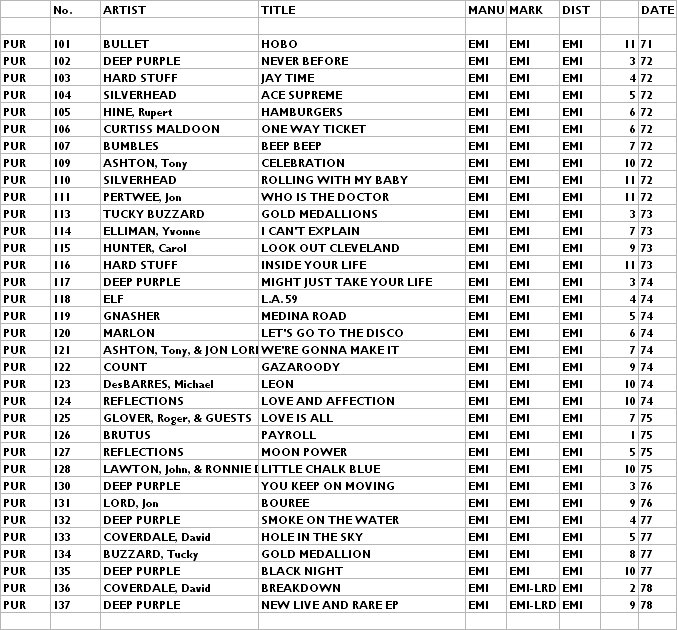
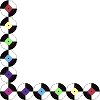
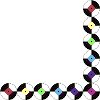
Copyright 2006 Robert Lyons.
